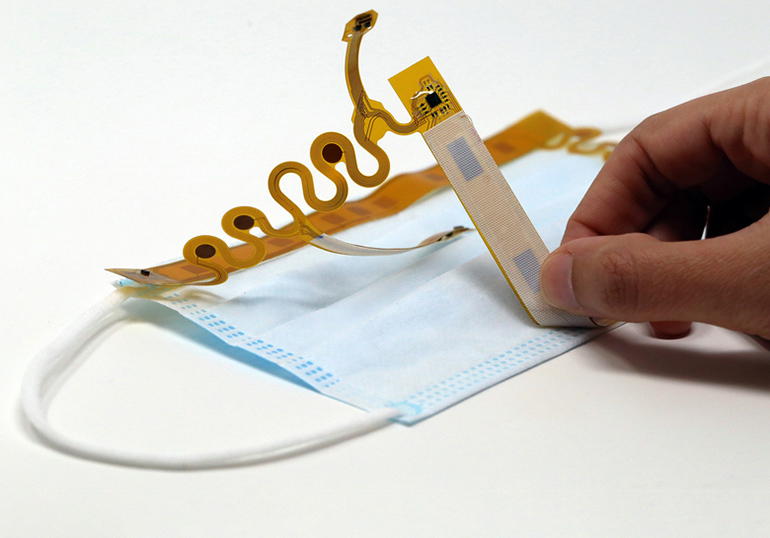The human arsenal is known for all sorts of things, but most importantly, it’s known for getting better on a consistent basis. This ability, in particular, has allowed us to hit upon some huge milestones, with technology appearing as a major member of the stated group. The reason why technology has always enjoyed such an esteemed stature among people is largely down to its skill-set, which was unique enough to usher us towards a reality that we couldn’t have imagined otherwise. Nevertheless, if we look a little bit deeper, it becomes clear how the whole runner was also very much inspired by the way we applied those skills across a real-world setting. The latter component was, in fact, what gave the creation a spectrum-wide presence, including a timely appearance on our healthcare block. Technology’s foray into healthcare was so perfectly-timed, as it came right when the sector was starting to struggle against its own obsolete structure. Fortunately, though, this reality went through a complete overhaul under the new regime, but even after achieving such a significant feat, the new and budding medtech concept will somehow continue bringing all the right goods to the table. The same has gotten more and more evident over the recent past, and truth be told, a new development should only make that trend bigger and better moving forward.
The researching team at MIT has successfully developed a sensor system, which is designed to provide an extensive lowdown on how well a mask fits on the wearer’s face, and therefore help us in realizing optimal protection from all the airborne harmful particles. According to certain reports, the technology is constructed on the back a polymer frame that is accompanied by 17 different embedded capacitance sensors, each one seemingly given a notable role in the final say. Now, while assessing the mask fit is certainly the system’s primary purpose, it is well-equipped to provide valuable information across various parameters, including temperature, humidity, activity, breathing rate, and air pressure. From a holistic standpoint, this technology won’t just serve the goal of better protecting the wearer at a given time, but if the whole arrangement is implemented just how the researchers envisioned it, then it should also help the relevant manufacturers in creating better and more effective masks.
Make no mistake; we already have technology that can assess mask fit by measuring things like the concentration of air particles inside and outside the mask. However, such technology is actually pretty expensive, and as a result, its accessibility remains limited to this day. On the flipside, MIT’s latest brainchild offers a much cheaper, and even logistically more convenient, alternative.
Going by the available details, the researchers have tested their system on a group of volunteers, a test where they, interestingly enough, discovered that standard surgical masks typically fit males better than females. So, if we are to ever clock the bigger goal of healthcare equality, conceiving a more accommodating mask manufacturing space will definitely be one of the major building blocks for it.
“We hope to think about ways to design masks and come up with the best fit for individuals,” said Canan Dagdeviren, a researcher involved in the study. “We have different sizes for shoes, and you can even customize your shoes. So why can’t you customize and design your mask, for your own health and for societal benefit?”



















